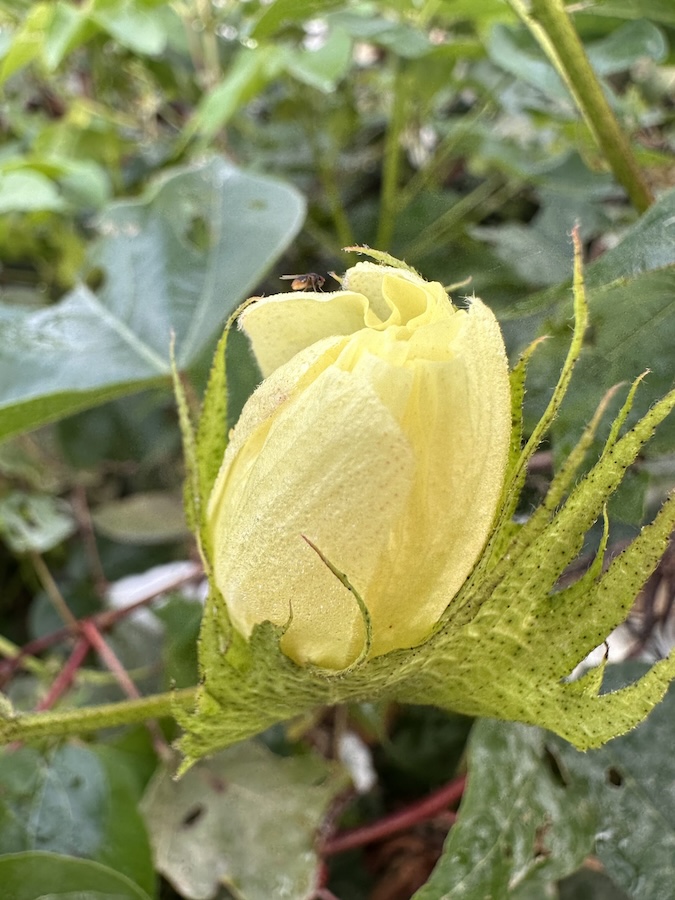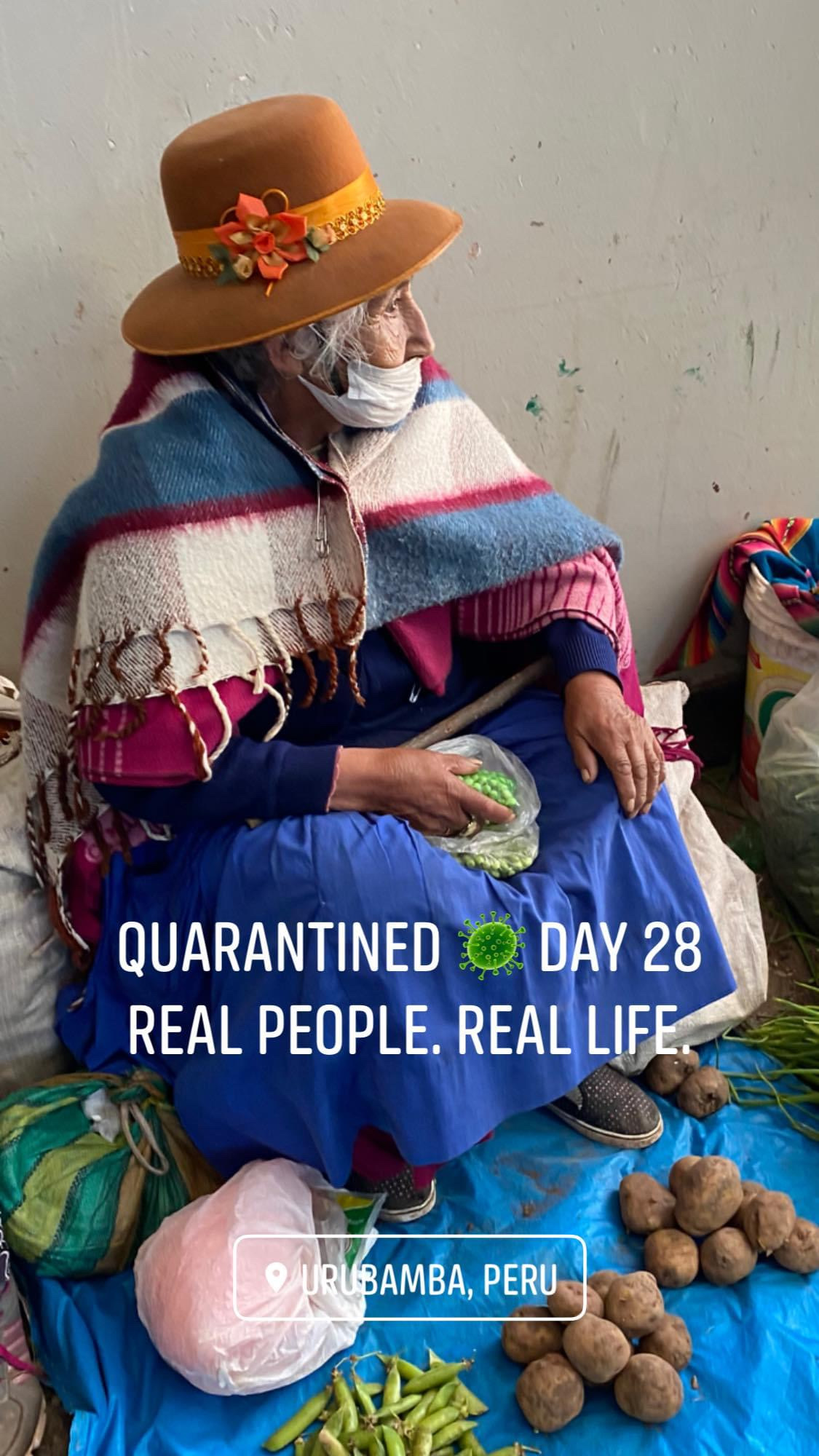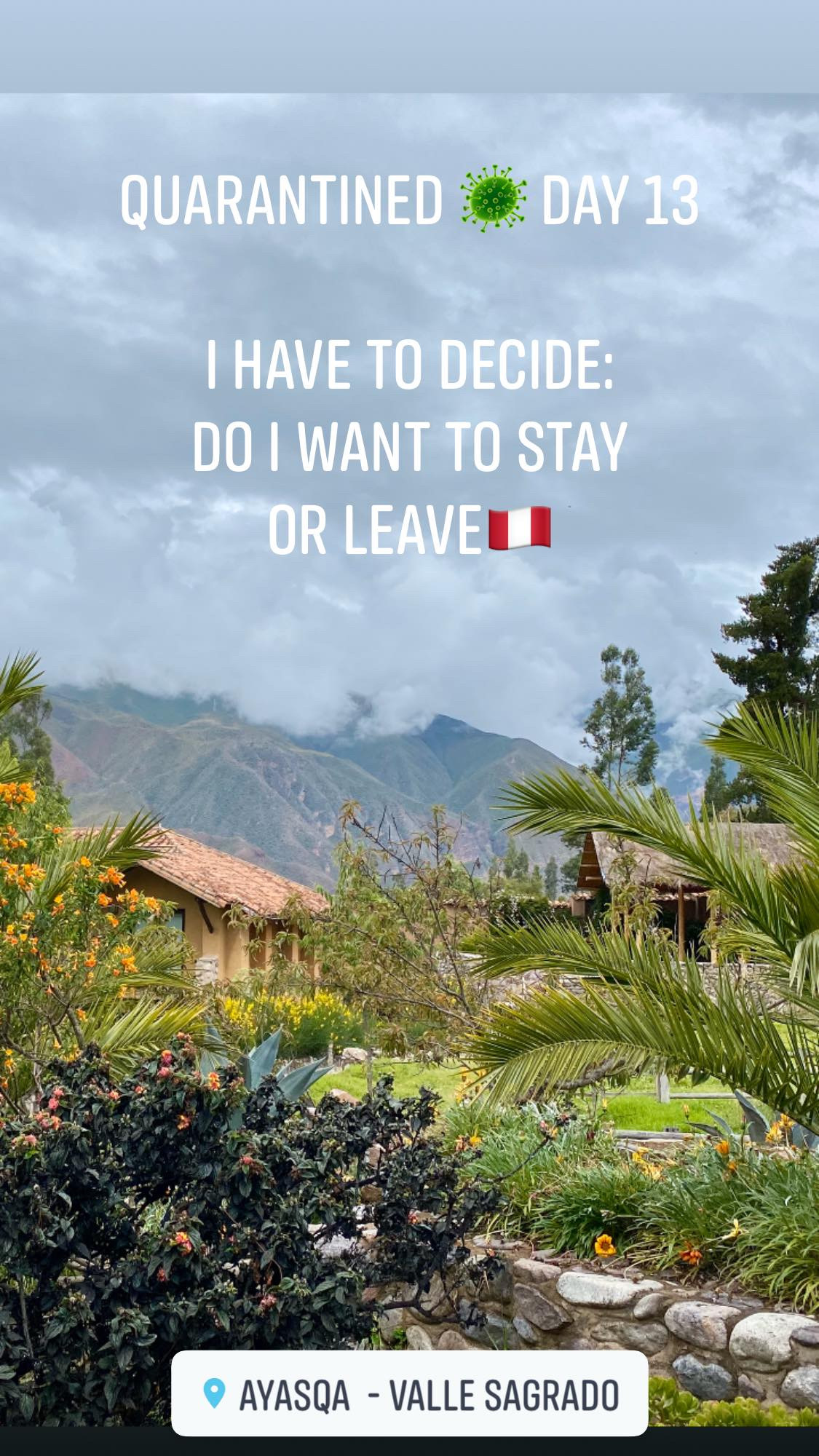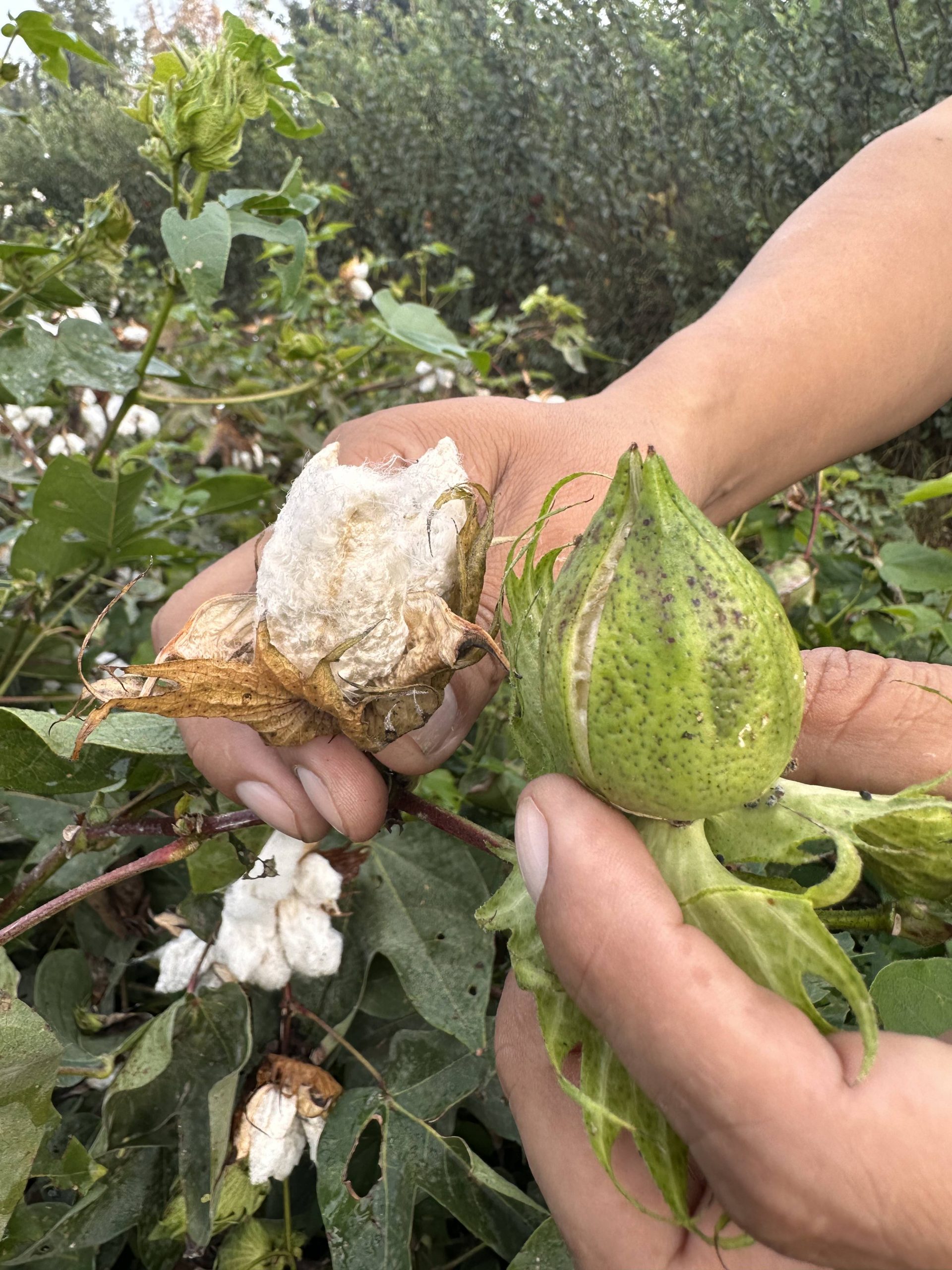Content:
1. Pima Cotton – what kind of cotton is it? Etymology
2. Scientific name and botanical description of Pima Cotton
3. Types of ELS Cotton
4. History of Pima Cotton Cultivation
5. Main advantages of Pima Cotton textiles
6. Differences in Certifications and Origins
7. Comparative characteristics of Cotton VS ELS Cotton
8. Industrial Use of Pima Cotton
9. Market share of Pima Cotton products. Why is Pima cotton expensive?
10. Articles and links
Pima Cotton – what kind of cotton is it?
Pima cotton (Gossypium barbadense) is a general term for Extra Long-Staple Cotton.
Pima cotton is also known as type of ELS (Extra-Long Staple) Cotton.
It is carefully collected by hand to maintain the integrity of the fibers.
Etymology
The word “cotton” is of Arabic origin and comes from the Arabic word قطن (kutn or kutun). This was the common word for cotton in medieval Arabic.
Marco Polo in his book describes a province he calls Khotan in Turkestan (modern Xinjiang), where cotton was grown in abundance.
This word entered the Romance languages in the mid-12th century, and a century later into English.
The name Pima cotton was chosen because of the key role that the Pima Tribe Indians played in the early cultivation of this type of cotton in the United States. The Pima Tribe people had ancient knowledge of how to grow this type of cotton, and they were the ones who helped the United States Department of Agriculture (USDA).
It is now grown throughout the world, including China, Egypt, Sudan, India, Australia, Peru, Israel, the southwestern United States, Tajikistan, Turkmenistan and Uzbekistan.
Pima Cotton accounts for about 5% of the world’s total cotton production.
Scientific name and botanical description of Pima Cotton / ELS
Scientific name: Gossypium Barbadense Family: Malvaceae
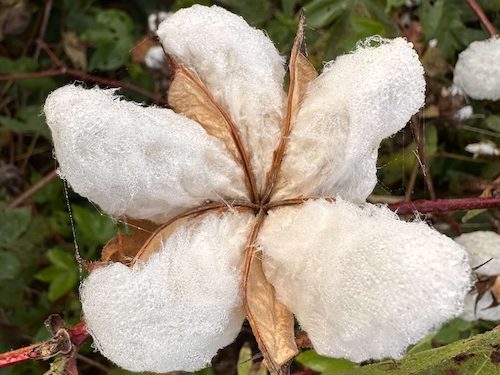
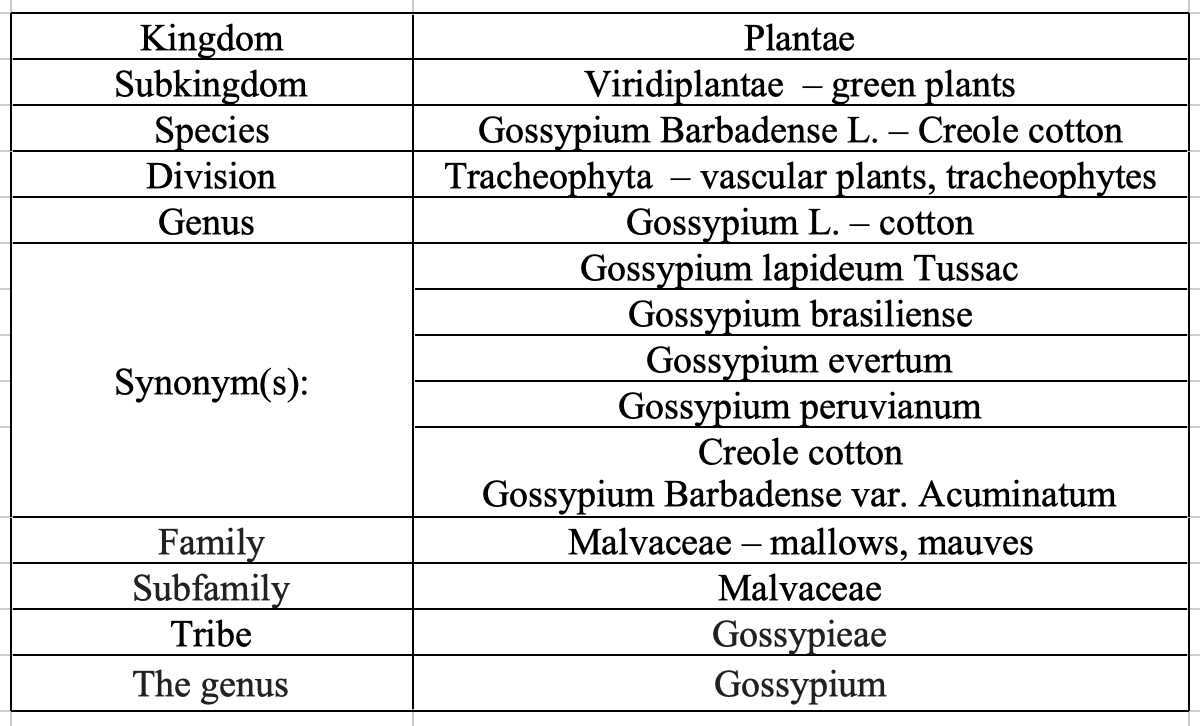
Grows up to 3 m in height.
Types of ELS Cotton
All Cotton Types on this list is Extra Long Staple Cotton (ELS). The names differ depending on the geographical location where the plant grows. Fiber length may vary slightly due to geographical and climatic advantages in the region where long-staple cotton is grown.
1. Sea Island ELS Cotton – this is the most expensive species, it is very rare, and is grown only on some Caribbean islands. The length of the fibers sometimes exceeds 50 millimeters. Cotton is picked by hand. The advantages of cotton (Sea Island cotton fabrics) are: softness, silkiness, noble in appearance, lightness, strength and durability; the fabrics are very dense and at the same time thin. Its production is now concentrated mainly in Barbados, Antigua and Jamaica. Annual production of Sea Island cotton is only 150 bales, making it the rarest and most valuable type of cotton in the world. The Queen of England preferred handkerchiefs made from this type of cotton.
2. Pima ELS Cotton – the length of its fibers varies from 34 to 42 millimeters. Pima cotton is grown not only in the United States, but also in some other countries, such as Peru and Australia. More than 300 companies are licensed and produce Supima cotton, Supima is a trademark of American Pima cotton.
3. Egyptian ELS Cotton – much more common than Sea Island or Pima Cotton. The length of its fibers ranges from 35 to 40 millimeters. The best Egyptian cotton is grown in the Nile Delta region; budget “Egyptian” cotton is grown in India and China. The quality of Egyptian cotton varies greatly, as do its prices. The best Egyptian cotton is very good; the length of its fibers ranges from 35 to 40 millimeters.
4. Barakat ELS Cotton is a cotton grown in Sudan. The length of the fibers can reach 36 millimeters.
5. Suvin ELS Cotton is an extra long-staple cotton that has been grown in India since the second half of the 1970s. It is a hybrid of the Sea Island cotton variety with the local Indian variety Sujatha. The length of the fibers reaches 40 millimeters. Cotton volumes are quite modest; it is now grown only in Tamil Nadu.
It has yellow and pink flowers and black seeds.
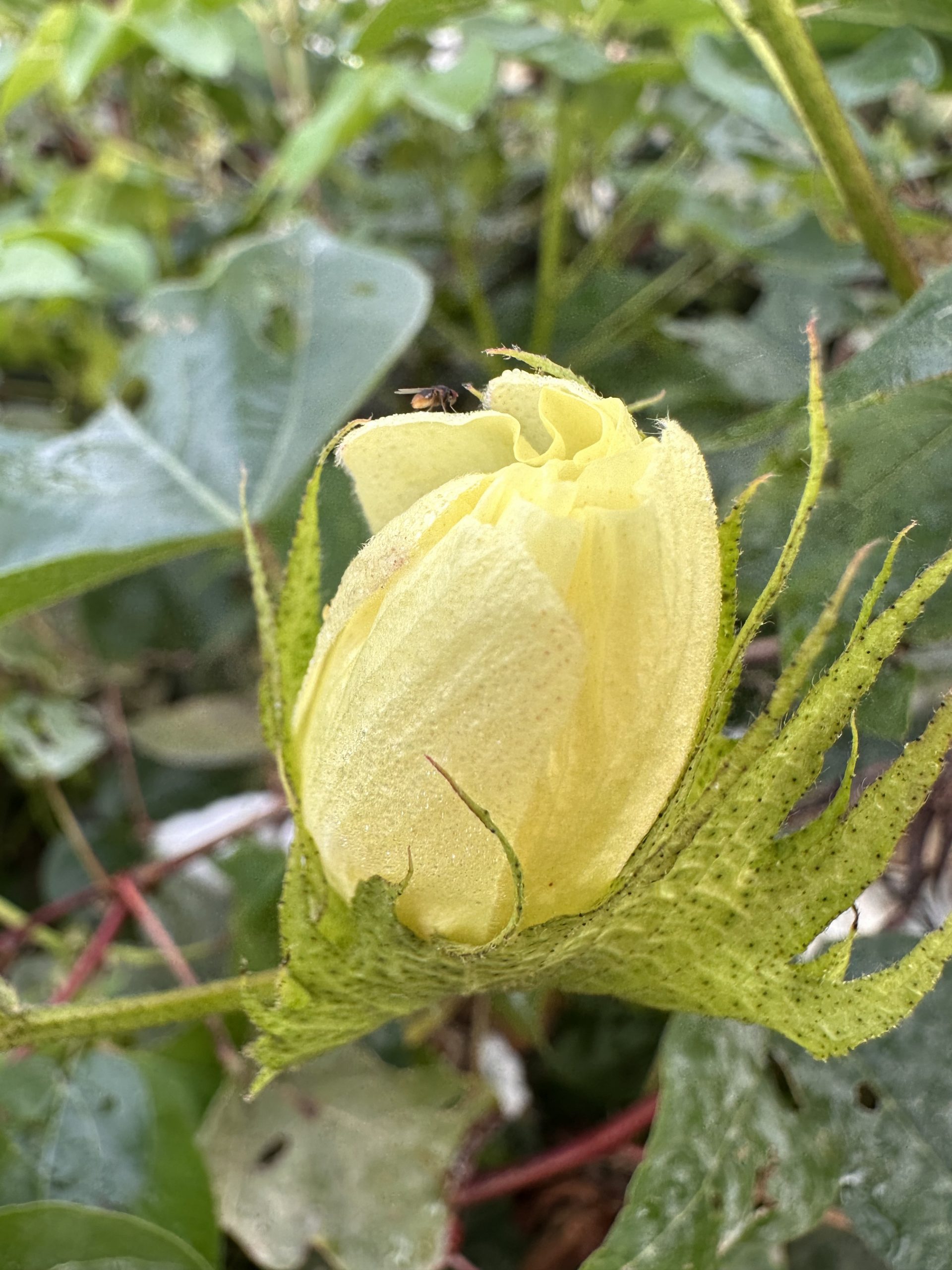
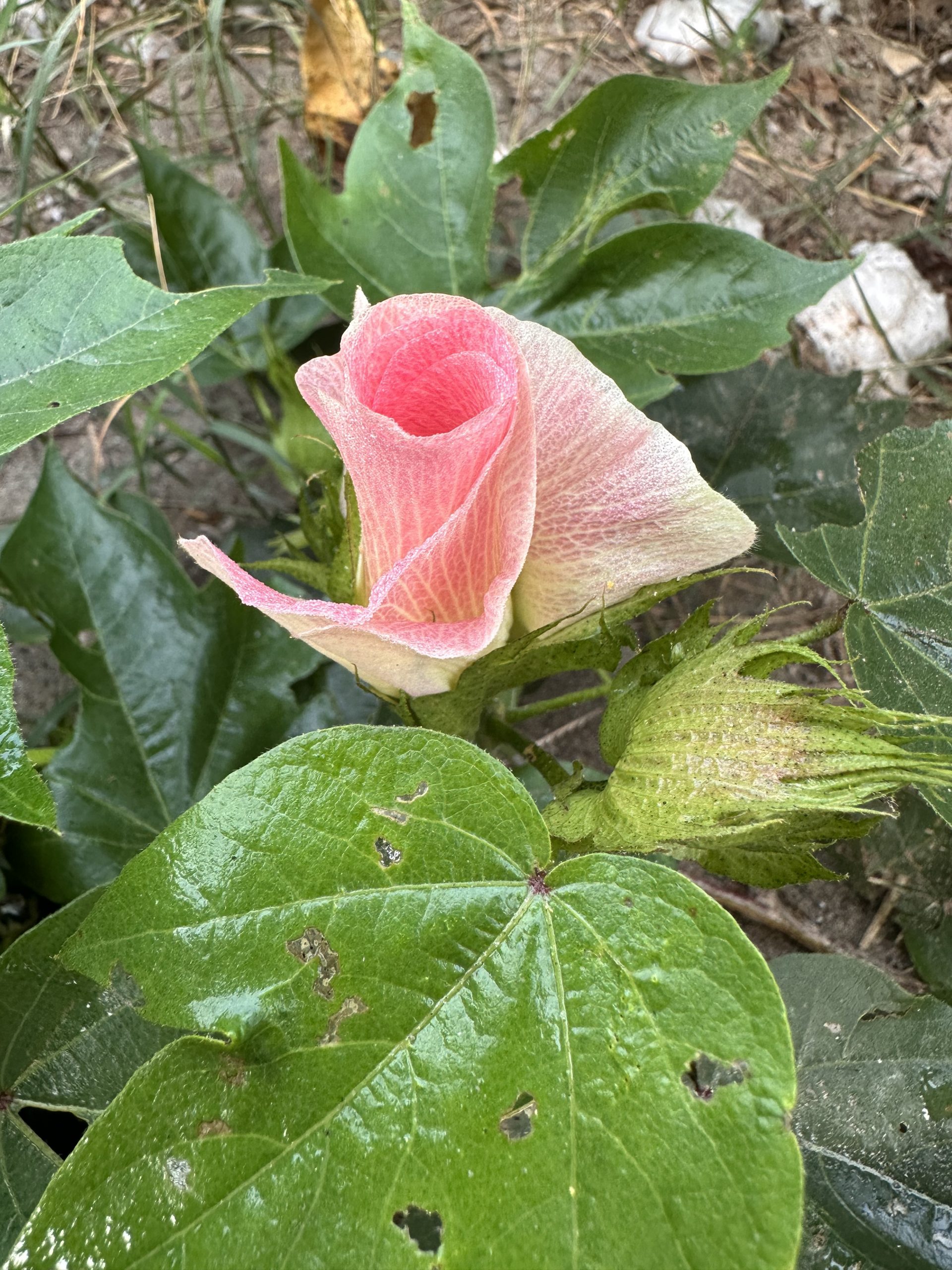
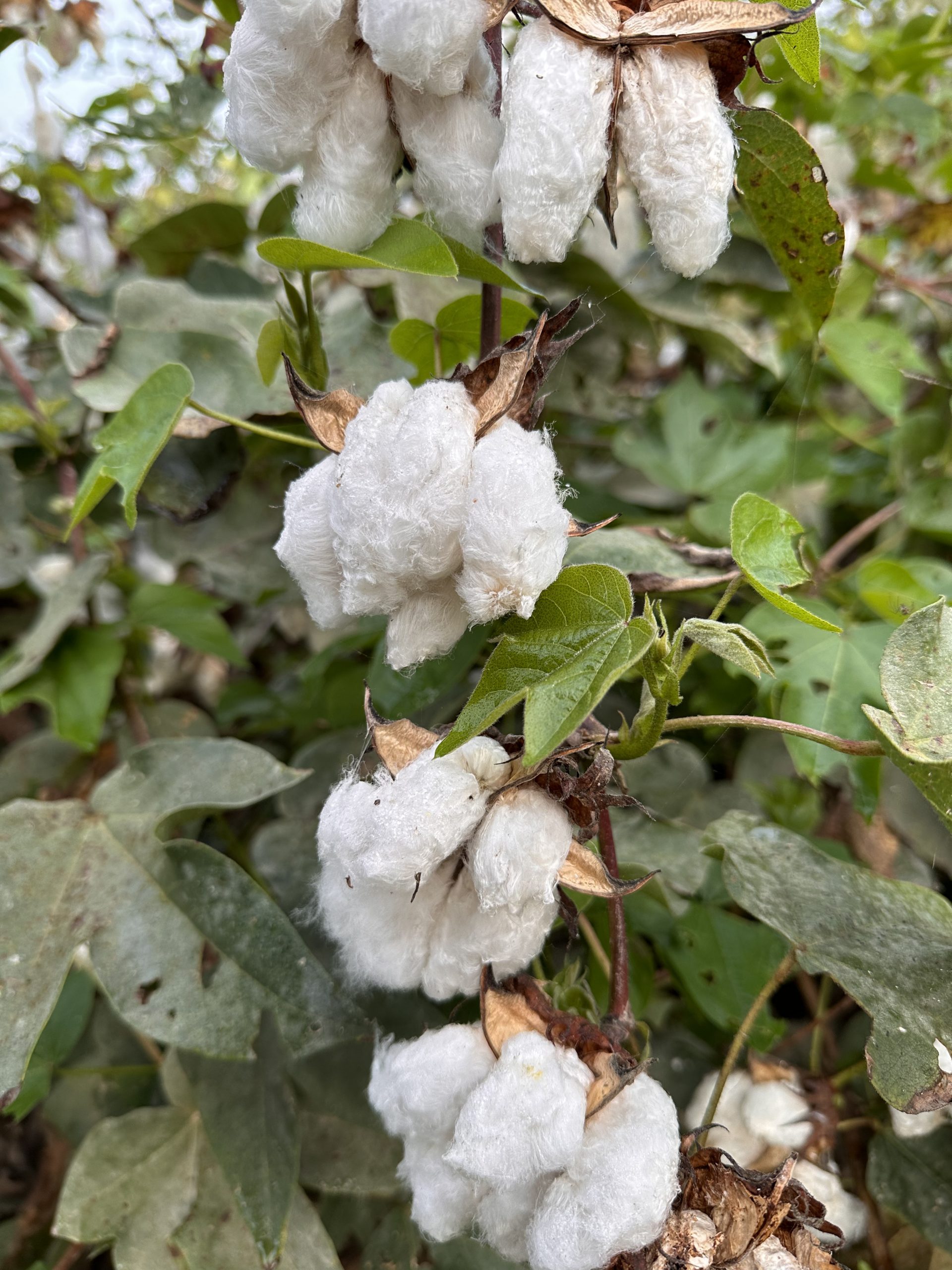
The number of lobes on the leaves varies from 3 to 5.
The fruit is spherical or ovoid, 2-6 cm long.
The seeds are pear-shaped, 3.5-5 mm long.
History of Pima Cotton Cultivation
Massive signs of domestication of Pima cotton were discovered by scientists in the Ancón region on the central coast of Peru, where cotton bolls were found dating back to 4200 BC (before the Christian era).
The earliest known evidence of human use of G. Barbadense was found on the coast of modern Ecuador and Peru. So far, archaeologists have found evidence of widespread use in the region around 5,000 years ago. In addition, they have strong evidence from several 5,500-year-old sites and weaker evidence from 7,800 years ago.
By 1000 BC, Peruvian cotton bolls could no longer be distinguished from modern Gossypium Barbadense varieties.
Cotton was harvested throughout South America and the West Indies, where Christopher Columbus encountered it.
The advent of global trade brought many plant species to new places, and Pima Cotton found its way to Egypt and Europe.
By the late 1700s and early 1800s, Gossypium barbadense was a major commercial crop in the West Indies. After that, it was practically replaced by sugar cane. There were several periods since the early 1800s when cotton production in the West Indies was attractive, but in general sugar cane production was more profitable.
In the 1940s, the USDA decided it wanted to grow long-staple (ELS) cotton in the United States. The USDA and University of Arizona researchers have successfully created strains of Pima cotton seed from Peru that thrive in the soils and climate of parts of Arizona and California. They eventually founded ELS Farm in the USA.
Differences in Certifications and Origins
Pima Cotton: There is no specific certification for brands using Pima cotton or other types of ELS Cotton. Consumers should be careful when purchasing products from proven and trustworthy brands.
Supima Cotton: Unlike Pima, Supima Cotton has a legal certificate issued by the Supima Association.
To be labeled “Supima”, a product must be made from 100% pure Pima cotton and grown in the United States. This instills consumer confidence and confidence in the origin and quality of the product.
The Pima cotton genotype produces extremely long and strong fibers compared to Gossypium hirsutum genotypes, and the length of Pima cotton fibers is typically twice that of Gossypium hirsutum cotton.
Comparative characteristics of Cotton VS ELS Cotton
G. barbadense and G. hirsutum are extremely closely related. However, sufficient genetic differences can be detected to allow both species to be unambiguously identified.
The longer fibers of Pima Cotton are extremely soft, high quality cotton.
It can be used to create a luxuriously soft fabric that is pill resistant, incredibly durable and often more wrinkle resistant than fabrics made from regular cotton.
The longer the fiber, the higher its quality.
Standard cotton fiber length:
Short fiber: >22 mm and <25 mm
Medium fiber: >26 mm and <28 mm
Long fiber: >29 mm and <34 mm
Extra long fiber: >35mm

Sea Island Cotton – 50 mm
Pima Cotton – 34-42 mm
Egyptian cotton – 35-40 mm
Barakat Cotton – 36 mm
Suvin Cotton – 40 mm

This type of fabric is used to make dress shirts, underwear, dresses, T-shirts, sweatshirts and many other types of clothing.
Because of its unusual softness, Pima cotton is commonly used in luxury clothing items such as robes, loungewear, and nightgowns.
Sea Island cotton is primarily used in the production of underwear.

The Gossypium Barbadense plant is native to South America but is now grown throughout the world and includes a family of different cotton varieties named for where they are produced. But they are all known for their flexibility, softness and durability.
Market share of Pima Cotton products. Why is Pima cotton expensive?
This is due to the very long fibers of the plant. Cotton of this type accounts for about 5% of world production and is used in the finest cotton fabrics in the world.
This is due to higher production costs (hand picking).
Produced in very limited quantities worldwide.
Articles and links
- Integrated Taxonomic Information System – Report https://www.itis.gov/servlet/SingleRpt/SingleRpt?search_topic=TSN&search_value=21710#null
- Dillehay, Tom D.; Rossen, Jack; Andres, Thomas C.; Williams, David E. (2007-06-29). “Preceramic adoption of peanut, squash, and cotton in northern Peru”. Science. https://www.jstor.org/stable/20036586

